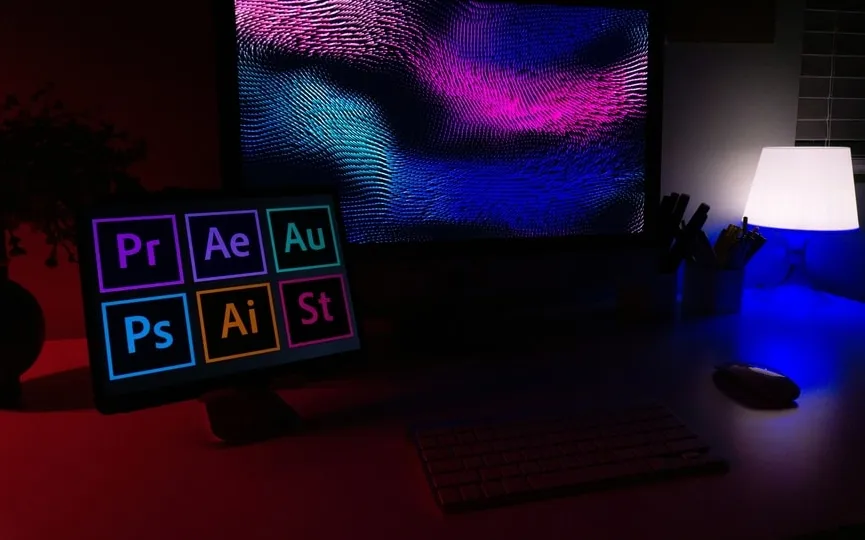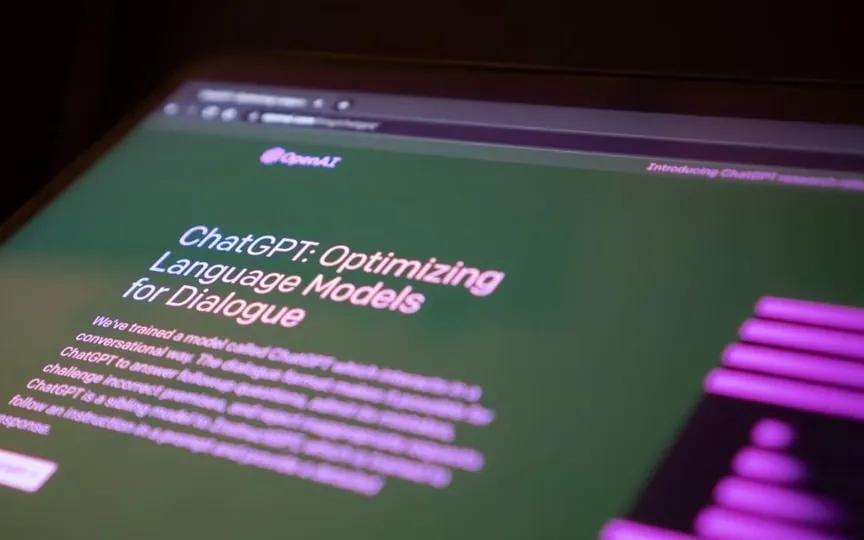Adobe increases AI capabilities with text-to-video model, Collaborates with artists for data gathering
According to reports, Adobe is working on creating an AI-driven system for converting text into videos. The company is looking to improve this system by acquiring video content from photographers and artists. Adobe plans to use this content, along with its collection of stock images and videos, to train its AI model. Sources mentioned by Bloomberg state that Adobe is offering an average payment of $2.62 (around Rs. 220) per minute of video content submitted.
What is Adobe planning?
Adobe has reached out to its network of photographers and artists and proposed a fee of up to $120 (roughly Rs. 10,000) for uploading videos. These videos must show people engaging in everyday activities and expressing different emotions such as joy and anger. 5565000000000000000000)
In addition, Adobe has requested certain types of video content, such as short clips that depict people expressing emotions and shots that focus on different aspects of the human anatomy, such as hands, feet, and eyes. In addition, the company has been looking for videos in which individuals interact with objects such as smartphones and gym equipment.
Documents obtained by Bloomberg highlight the importance of following guidelines regarding copyrighted material, nudity and offensive content when uploading videos. While the average compensation is $2.62 per minute, some writers can earn up to $7.25 (roughly Rs. 600) for the content they post.
The rise of AI models
This development highlights a growing trend in which companies are investing in data mining to train AI models as publicly available data sources run out. While some companies choose ethical data acquisition methods, others have faced criticism for allegedly using copyrighted material from social media platforms. For example, a recent report claimed that OpenAI used over a million hours of transcribed data from YouTube videos to train its GPT-4 model.




